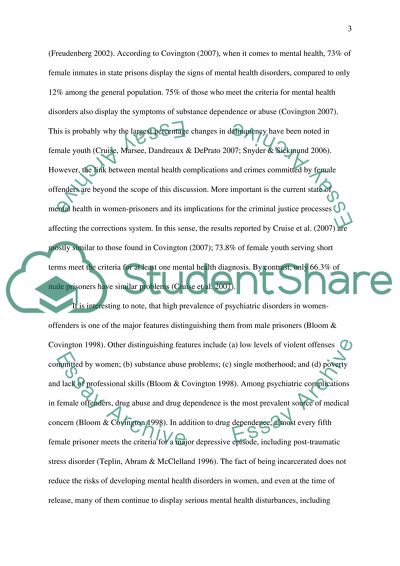Cite this document
(“Female Offenders and Psychiatric Counseling: Criminal Justice Essay”, n.d.)
Female Offenders and Psychiatric Counseling: Criminal Justice Essay. Retrieved from https://studentshare.org/gender-sexual-studies/1444849-female-offenders-are-more-likely-to-be-referred-to
Female Offenders and Psychiatric Counseling: Criminal Justice Essay. Retrieved from https://studentshare.org/gender-sexual-studies/1444849-female-offenders-are-more-likely-to-be-referred-to
(Female Offenders and Psychiatric Counseling: Criminal Justice Essay)
Female Offenders and Psychiatric Counseling: Criminal Justice Essay. https://studentshare.org/gender-sexual-studies/1444849-female-offenders-are-more-likely-to-be-referred-to.
Female Offenders and Psychiatric Counseling: Criminal Justice Essay. https://studentshare.org/gender-sexual-studies/1444849-female-offenders-are-more-likely-to-be-referred-to.
“Female Offenders and Psychiatric Counseling: Criminal Justice Essay”, n.d. https://studentshare.org/gender-sexual-studies/1444849-female-offenders-are-more-likely-to-be-referred-to.


